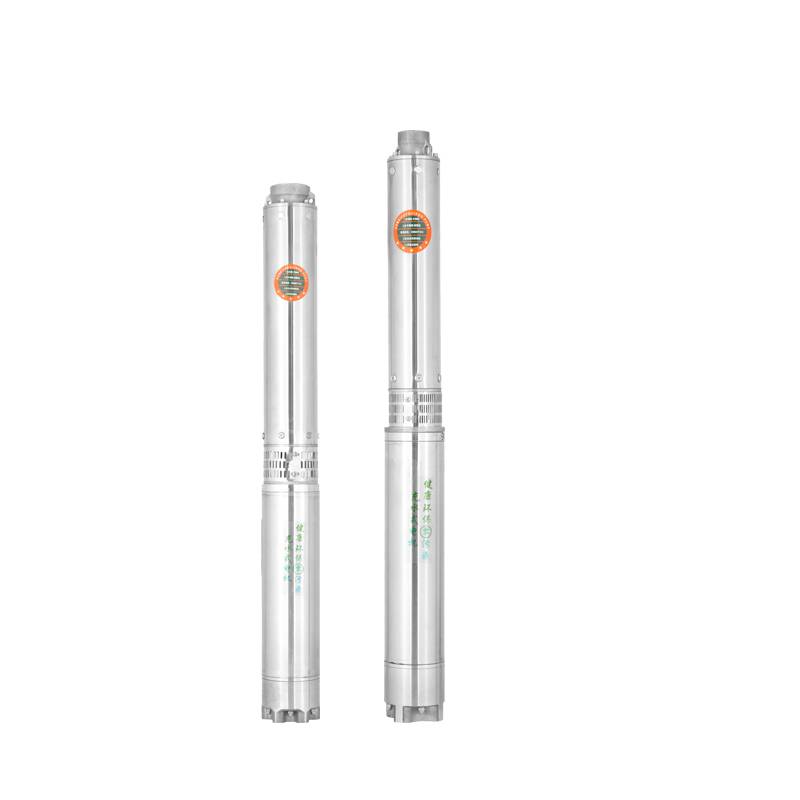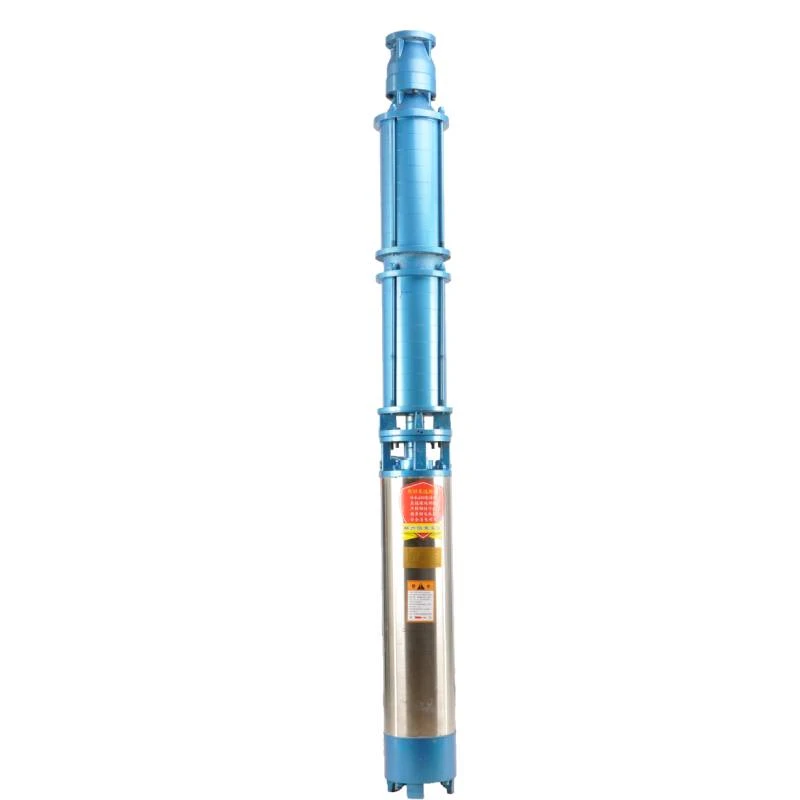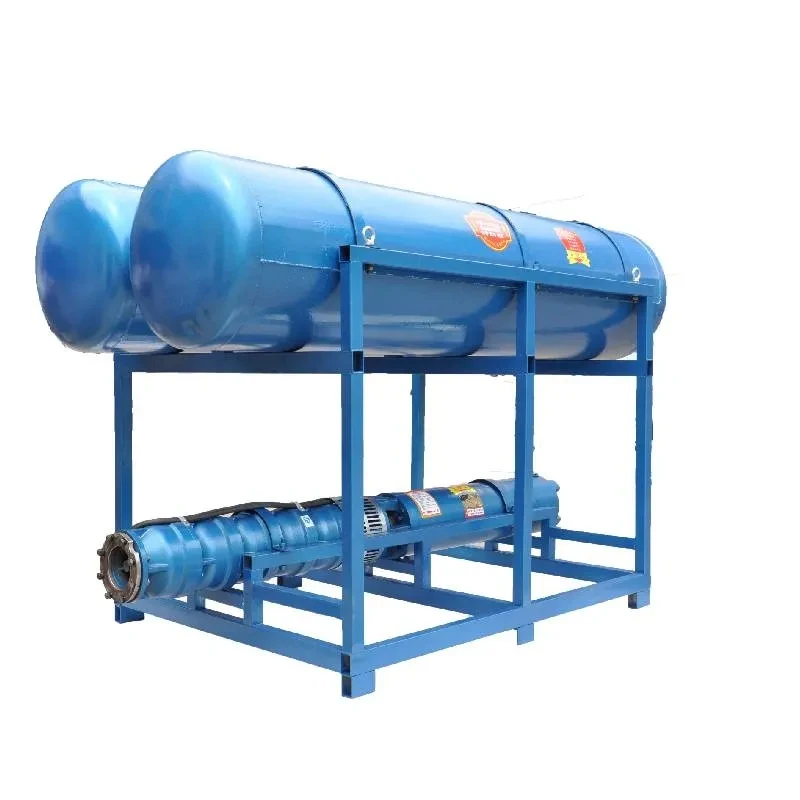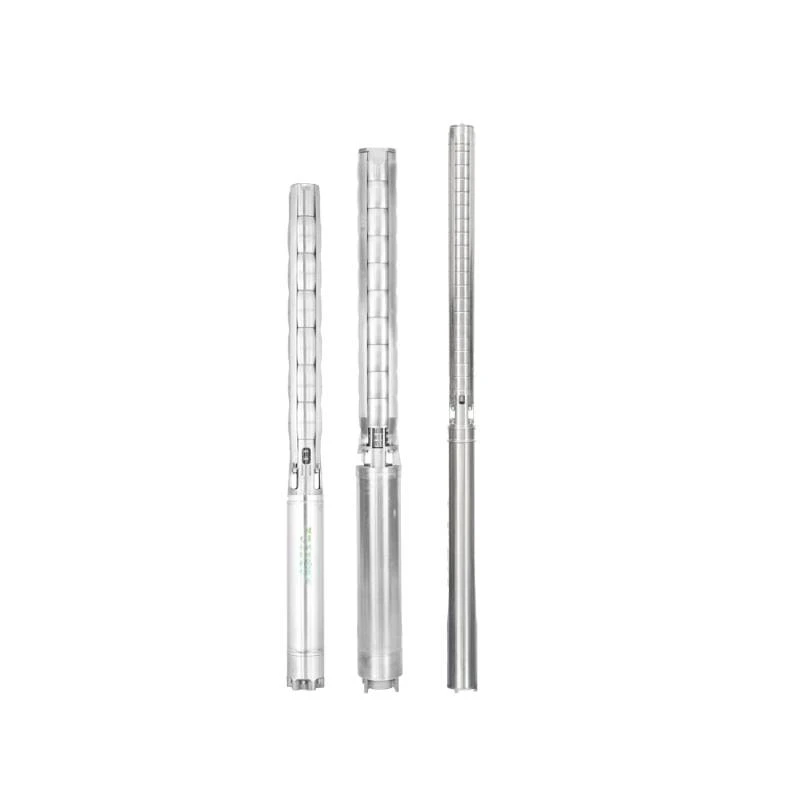Dic . 04, 2024 09:51 Back to list
submersible pump water filled vs oil filled
Submersible Pumps Water-Filled vs. Oil-Filled
Submersible pumps are essential devices used for a variety of applications, including drainage, sewage pumping, and groundwater extraction. These pumps operate underwater, typically submerged in the fluid they are intended to pump. The configuration of the submersible pumps can vary greatly, particularly in terms of their filling medium. Among the most common configurations are water-filled and oil-filled submersible pumps. Understanding the differences between these two types can help users make informed decisions based on their specific needs.
Water-Filled Submersible Pumps
Water-filled submersible pumps are designed to be filled with the very liquid they are intended to pump. While this design is straightforward and often more cost-effective, it comes with its own set of advantages and disadvantages.
Advantages 1. Ease of Maintenance Since these pumps are filled with water, they are typically easier to maintain. If the pump fails, it can often be serviced without the need for specialized equipment to handle oil. 2. Environmental Friendliness Water-filled pumps are less likely to pose environmental risks since they do not contain oil that could leak into the surrounding water bodies. 3. Simplicity in Design The design of water-filled pumps tends to be simpler, which can lead to a lower purchase price and ease of replacement parts.
Disadvantages 1. Cooling Issues One of the major downsides of water-filled submersible pumps is that they rely on the water surrounding them for cooling. If the water pumped is too hot or contains an excessive amount of solids, it can lead to overheating and premature pump failure. 2. Limitations in Application These pumps are often best suited for less demanding applications. If the pump is intended for heavy-duty tasks, water may not provide sufficient lubrication or cooling for optimal performance.
Oil-Filled Submersible Pumps
submersible pump water filled vs oil filled

Oil-filled submersible pumps, on the other hand, utilize an oil-filled motor to cool and lubricate the internal components. This type of pumping system is commonly used in applications where reliability and durability are of utmost importance.
Advantages 1. Enhanced Cooling and Lubrication The oil in these pumps provides superior cooling and lubrication, allowing them to operate efficiently in high-temperature conditions. This ability to handle more demanding environments makes oil-filled pumps ideal for heavy-duty applications. 2. Longer Lifespan Due to better lubrication and cooling, oil-filled submersible pumps tend to last longer than their water-filled counterparts. This can translate to lower long-term operational costs. 3. Versatility Oil-filled pumps can often handle a wider range of fluids, including those with higher viscosity levels. They are also well-suited for pumping abrasive fluids, making them versatile for different applications.
Disadvantages 1. Environmental Concerns The use of oil raises environmental risks, particularly if there is a leakage during operation or maintenance. The consequences of oil spills can be severe, making users more cautious. 2. Complexity in Maintenance These pumps require more technical knowledge to service. Maintenance may necessitate special handling protocols to manage the oil safely and prevent leaks.
Conclusion
In summary, the choice between water-filled and oil-filled submersible pumps largely depends on the specific requirements of the application. Water-filled pumps may be more appropriate for low-demand tasks where environmental impact is a consideration, and simplicity is desired. Conversely, oil-filled pumps shine in more demanding scenarios, providing enhanced durability and performance at the potential cost of increased environmental risk and maintenance complexity.
Ultimately, users must weigh these factors to determine which type of pump is best suited for their needs, taking into account both the immediate requirements and the potential long-term implications of their choice.
-
Troubleshooting for Water-Filled Submersible Pumps
NewsJun.04,2025
-
Troubleshooting for Floating Deep Well Submersible Pumps
NewsJun.04,2025
-
How to Choose SS Submersible Pump for Deep Well Applications
NewsJun.04,2025
-
Floating Deep Well Submersible Pump Cost: Factors Affecting Pricing
NewsJun.04,2025
-
Buying Guide for Deep Well Submersible Pumps
NewsJun.04,2025
-
Best Submersible Pumps for Agriculture and Irrigation
NewsJun.04,2025
-
 Troubleshooting for Water-Filled Submersible PumpsSubmersible pumps are essential for various applications, including irrigation, drainage, and water supply systems.Detail
Troubleshooting for Water-Filled Submersible PumpsSubmersible pumps are essential for various applications, including irrigation, drainage, and water supply systems.Detail -
 Troubleshooting for Floating Deep Well Submersible PumpsWhen it comes to reliable water extraction solutions, the floating deep well submersible pumps stands out as a top choice for both residential and industrial applications.Detail
Troubleshooting for Floating Deep Well Submersible PumpsWhen it comes to reliable water extraction solutions, the floating deep well submersible pumps stands out as a top choice for both residential and industrial applications.Detail -
 How to Choose SS Submersible Pump for Deep Well ApplicationsWhen it comes to deep well water extraction, selecting the right pump is crucial for efficiency, durability, and long-term performance.Detail
How to Choose SS Submersible Pump for Deep Well ApplicationsWhen it comes to deep well water extraction, selecting the right pump is crucial for efficiency, durability, and long-term performance.Detail
